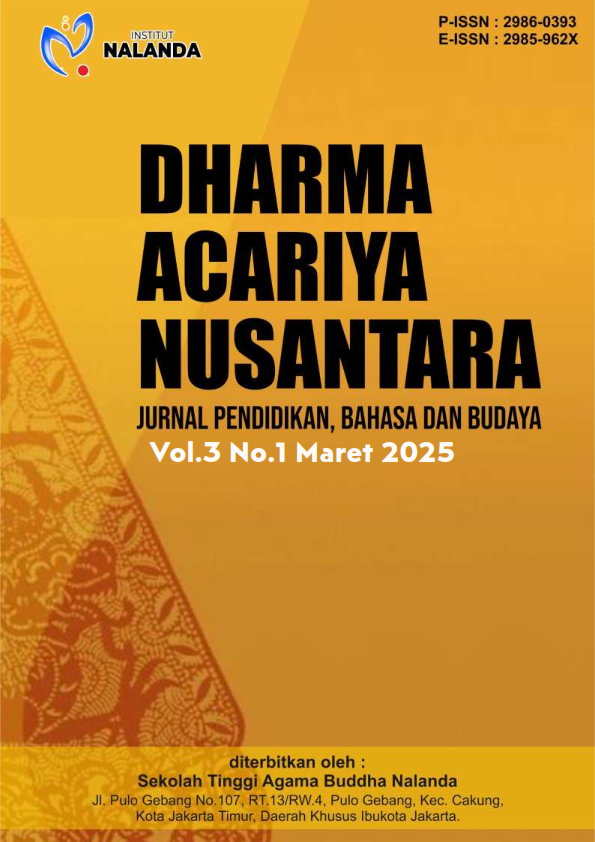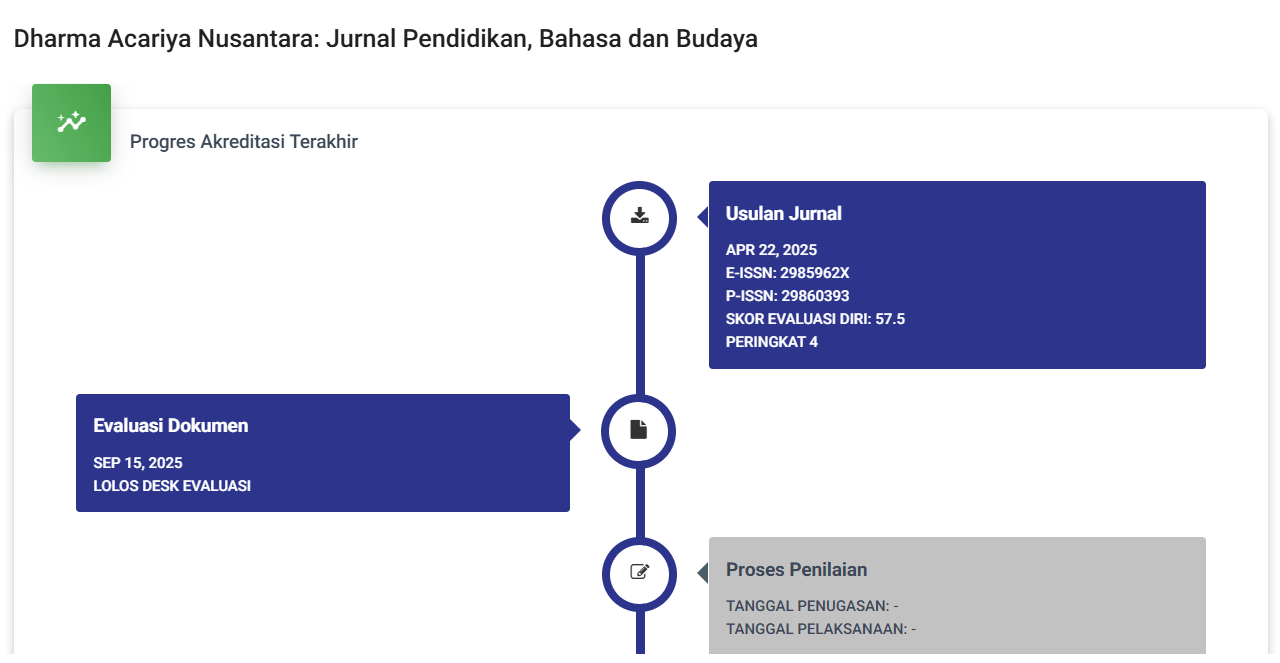Intercultural Communication in Miracle in Cell No. 7 Movie: Comparative Study Between Korea and Indonesia Version
DOI:
https://doi.org/10.47861/jdan.v3i1.1661Keywords:
Cultural Identity, High-Context Culture, Intercultural Communication, Nonverbal CommunicationAbstract
Film serves as a vital medium for reflecting cultural values and functions as an effective tool for intercultural communication. This study explores the differences in communication styles between the Korean and Indonesian adaptations of Miracle in Cell No. 7, focusing on how culture influences the expression of emotions, authority, and moral values through verbal and nonverbal elements. Employing a mixed-method approach, this research integrates qualitative thematic analysis (Braun & Clarke, 2006) to examine key scenes, along with quantitative coding to statistically compare communicative elements. Hall’s (1976) theory of high-context and low-context communication provides the main theoretical framework to understand the intercultural distinctions between the two versions. The results show that the Korean adaptation relies more heavily on gestures (53.33%), such as physical aggression and exaggerated movements, while the Indonesian version (42.86%) places greater emphasis on verbal articulation and religious expression. Dramatic tonal shifts are more common in the Korean version (26.67%), whereas the Indonesian adaptation (28.57%) maintains a more controlled tone of voice. Facial expressions are more exaggerated in the Korean version (6.67%), particularly in scenes involving authority, while the Indonesian characters (9.52%) display subtler and more restrained expressions. Implicit communication, including religious symbolism, is more prominent in the Indonesian adaptation (19.05%), incorporating Islamic prayers and teachings, whereas the Korean version (13.33%) subtly includes Christian elements. This study reveals that while both adaptations reflect high-context communication cultures, the Korean version emphasizes physical expressiveness and hierarchical interaction, while the Indonesian version highlights verbal communication, religious themes, and emotional restraint. These findings reinforce the role of cinema as a medium for identity representation and cross-cultural understanding.
References
Ali, S., Daud, S., & Ibrar, M. (2021). Connectivity and communication through South Asia: A BRI case study. The Pakistani Journal of International Affairs.
Babao, J. N. A., & Adiatma, D. (2023). Intercultural communication competence: Unraveling the role of cognitive, affective, and behavioral factors. International Journal of Advanced Multidisciplinary, 2(2), 393–397.
Deterding, D. (2019). Intercultural communication in Asia: Education, language, and values. Asian Englishes. Taylor and Francis.
Fitriana, A., Fiaunillah, F. N., Anggraeni, C., Pitaloka, W. P. D., Anahita, N., Raharjo, J. A., Wijayanti, E., & Sari, A. P. (2024). Through our lens: Exploring cultural adaptation of Miracle in Cell No. 7 Korean film and its Indonesian version. CrossOver, 4(2), 169–183.
Gudykunst, W. B., & Ting-Toomey, S. (1988). The cultural and interpersonal communication. SAGE Publications.
Hall, E. T. (1976). Beyond culture. Anchor Books.
Hofstede, G. (2001). Culture's repercussions include comparing values, habits, institutions, and institutions across countries. SAGE Publications.
Kim, Y. Y. (2005). Adapting to a new culture: An integrative communication theory. In W. B. Gudykunst (Ed.), Theorizing on intercultural communication (pp. 375–400). SAGE Publications.
Kincaid, D. L. (1987). Communication theory: Eastern and Western viewpoints. Academic Press.
Li, M. (2020). Highlights, trends in categories and mechanisms in Asian global communication research for the twenty-first century. The Journal of Intercultural Communication. Taylor & Francis.
Macnamara, J. (2021). Communication practice trends in Asia-Pacific: Focus on new technologies, but concerns about trust and ethics. Journal of Communication and Media in Asia Pacific (CMAP).
Matsumoto, D., Yoo, S. H., & Fontaine, J. (2008). Mapping expressive differences around the world: The relationship between emotional display rules and individualism versus collectivism. Journal of Cross-Cultural Psychology, 39(1), 55–74.
Morimoto, L. (2019). Media adaptations and cultural narratives in Asia: Reinterpreting global stories in local contexts. Asian Journal of Communication, 29(3), 1–16.
Nadeem, M. U., Mohammed, R., Dalib, S., & Mumtaz, S. (2022). An investigation of factors influencing intercultural communication competence of international students from a higher education institute in Malaysia. Journal of Applied Research in Higher Education, 14(3), 933–945.
Nasution, E. (2024a). Crossing borders: Investigating intercultural communication in immigrant enclaves of multicultural societies. The American Journal of Social Science and Education Innovations, 6(5), 56–60.
Nasution, E. (2024b). Crossing borders: Investigating intercultural communication in immigrant enclaves of multicultural societies. The American Journal of Social Science and Education Innovations.
Nishimura, S., Nevgi, A., & Tella, S. (2008). Communication style and cultural features in high/low context communication cultures: A case study of Finland, Japan, and India. Global Business Languages, 13, 1–18.
Schwartz, S. H. (2012). An overview of the Schwartz theory of basic values. Online Readings in Psychology and Culture, 2(1), 1–20.
Shasrini, T., & Daherman, Y. (2021). The role of social media in the intercultural adaptation of Pekanbaru immigrants. International Journal of Media and Communication Research, 2(2).
Xiaoyan, W., Zainudin, S. S. S., & Yaakup, H. S. (2024). Intercultural communication competence among higher education international students: A systematic literature review. Migration Letters, 21(4), 712–725.













